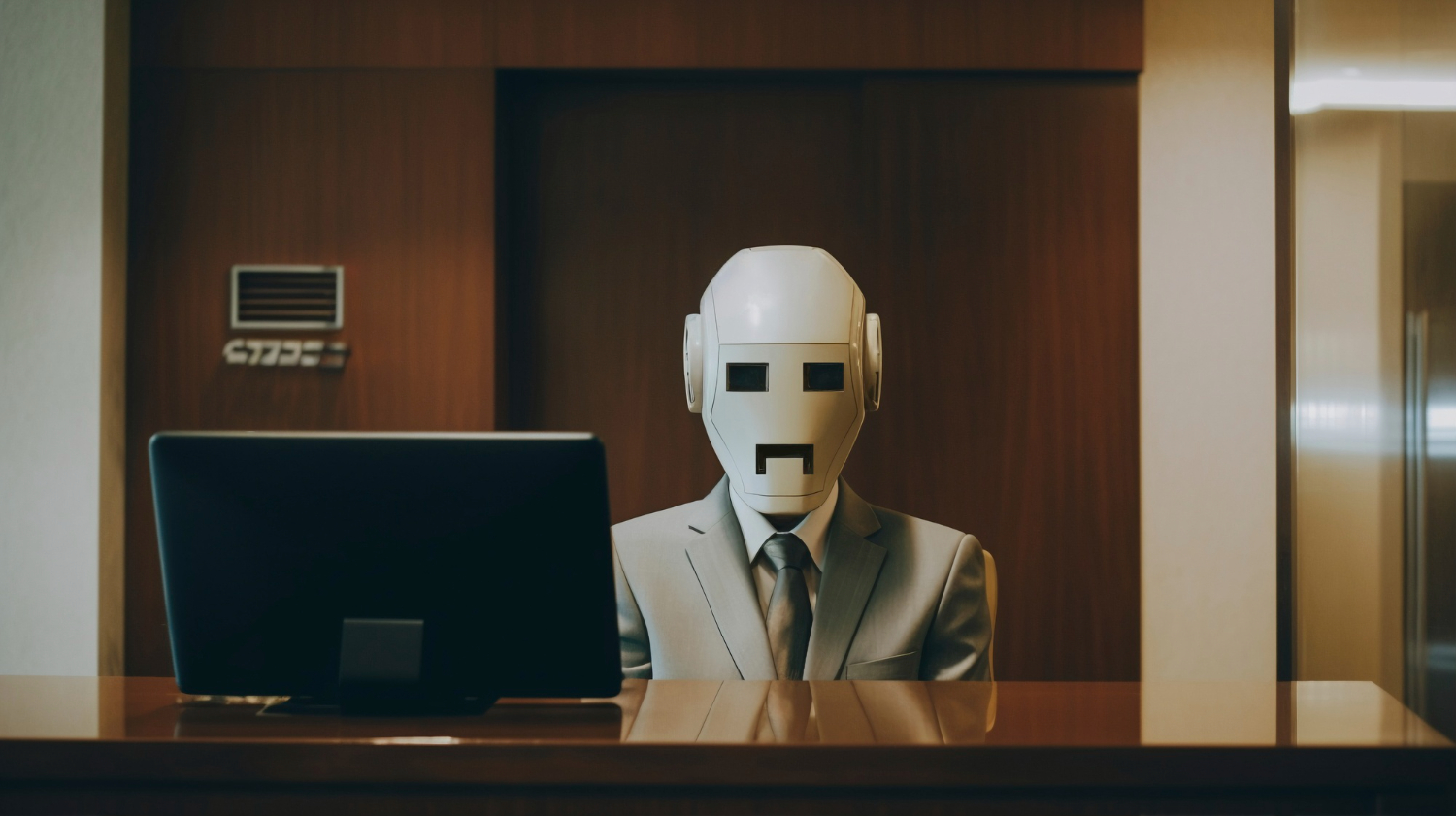When Marcus “started” his dream role at a Silicon Valley startup, everything seemed normal—until the first security audit. He’d passed three rounds of interviews over video calls, charming every panel with insider knowledge of their product roadmap. But two weeks into training, IT flagged unusual data transfers from his account to an unrecognized external server. The man on the other end of that “account” vanished—and it turned out Marcus had never even been hired. He was a deepfake.
Cybercriminals have weaponized AI-driven synthetic media to bypass background checks, fool HR teams, and embed malicious actors inside corporate networks. By stealing real professionals’ LinkedIn profiles and photos, then lip-syncing and voice-modulating with advanced algorithms, these scammers can pull off live, real-time interviews that look—and sound—uncannily authentic.
This isn’t Hollywood trickery; it’s industrial-scale infiltration. Companies relying solely on visual ID and resume checks are inviting disaster. Once inside, the deepfake “employee” can harvest credentials, siphon proprietary data, or plant malware—all under the guise of a vetted hire.
To combat this threat, security teams must rethink identity verification. Multi-factor authentication alone won’t catch a convincing AI avatar. Instead, consider forced liveness challenges—random code words, unexpected whiteboard sessions, or real-time biometric stress tests. Post-hire, monitor new hires for abnormal data access patterns and unscheduled VPN connections.
Deepfakes were once a novelty; now they’re a Trojan horse at your digital front door. If your next candidate seems too polished—or disappears as soon as things get real—ask yourself: was that a person, or a program? Because in the age of AI, your greatest asset—your team—could be your biggest vulnerability.

